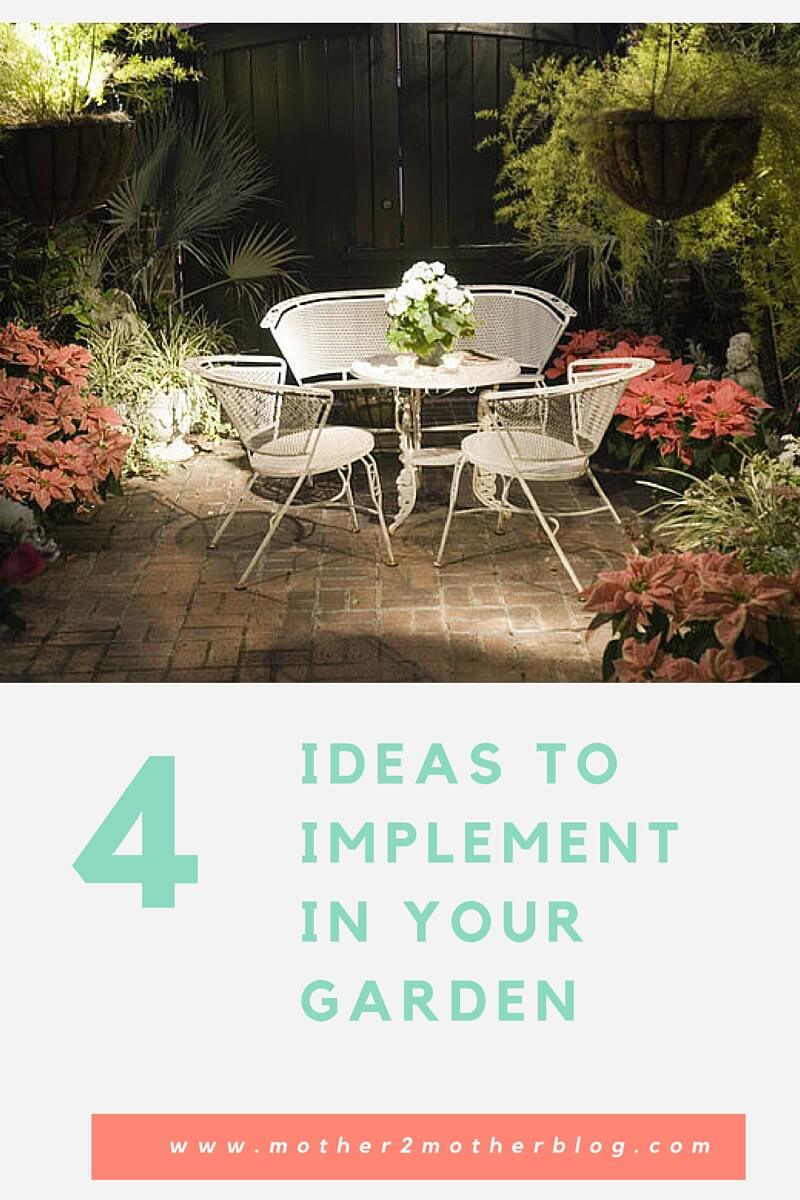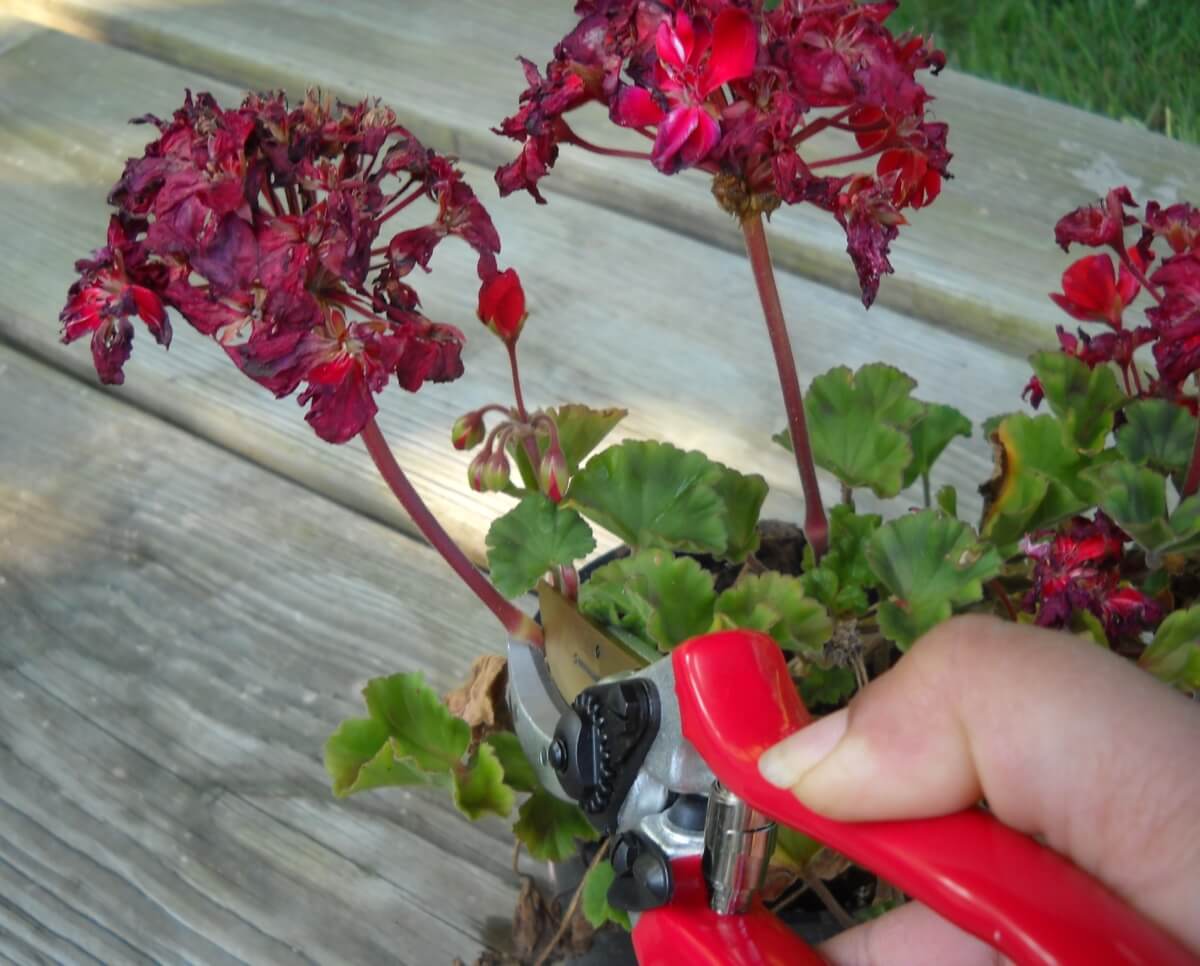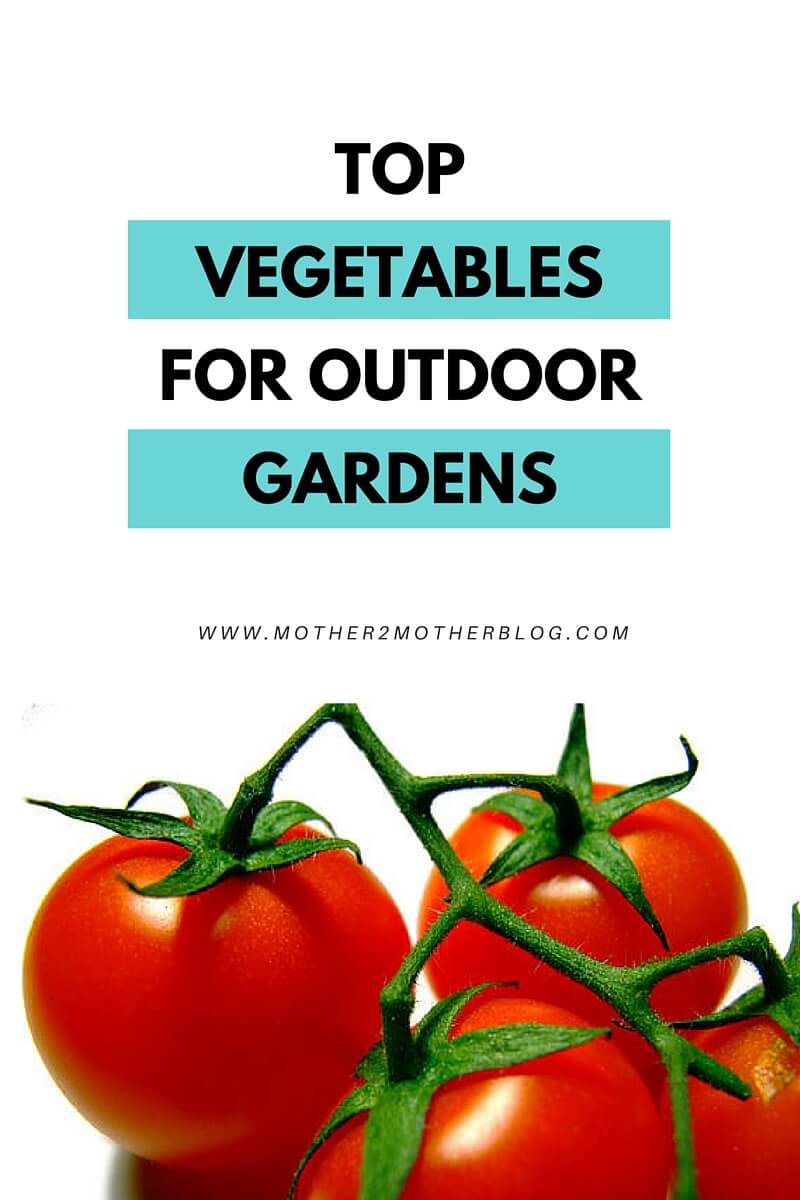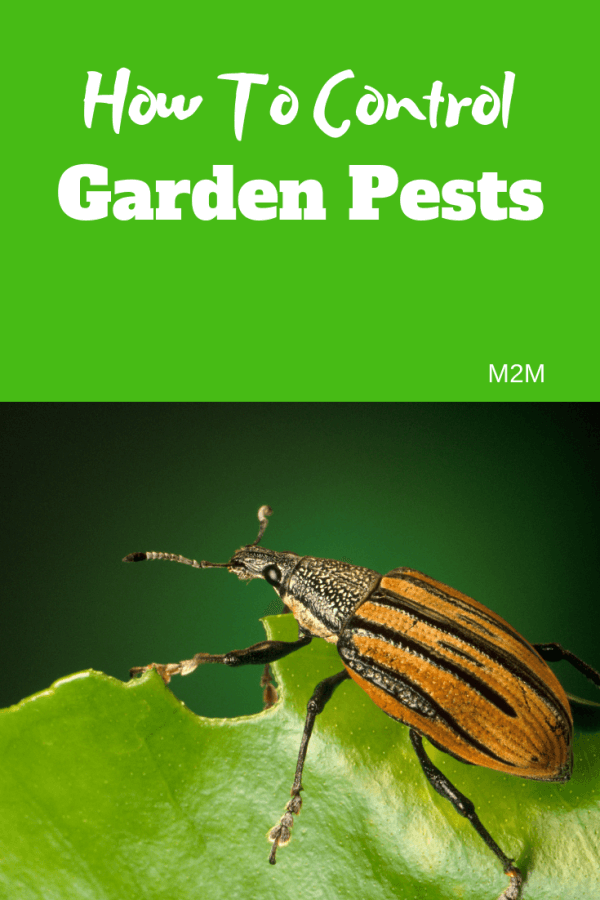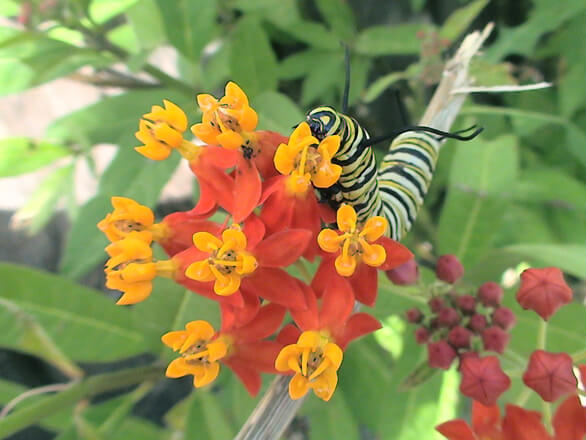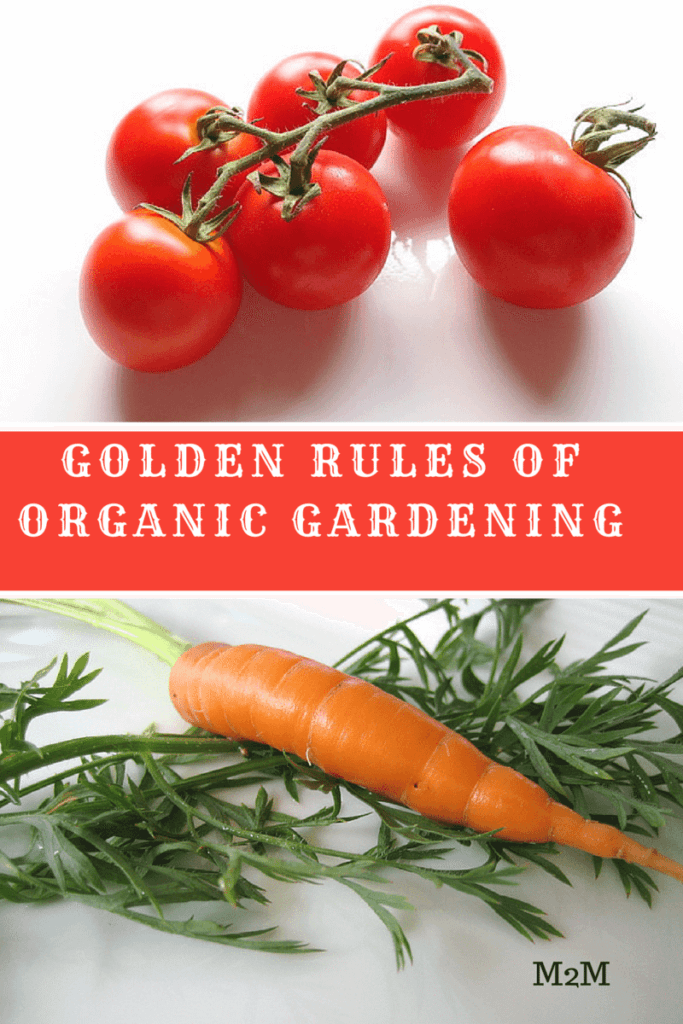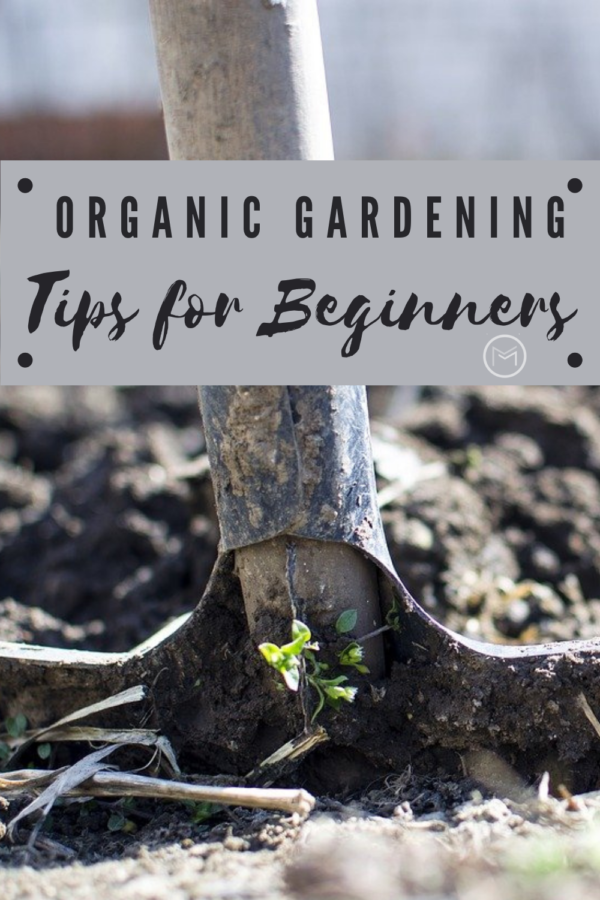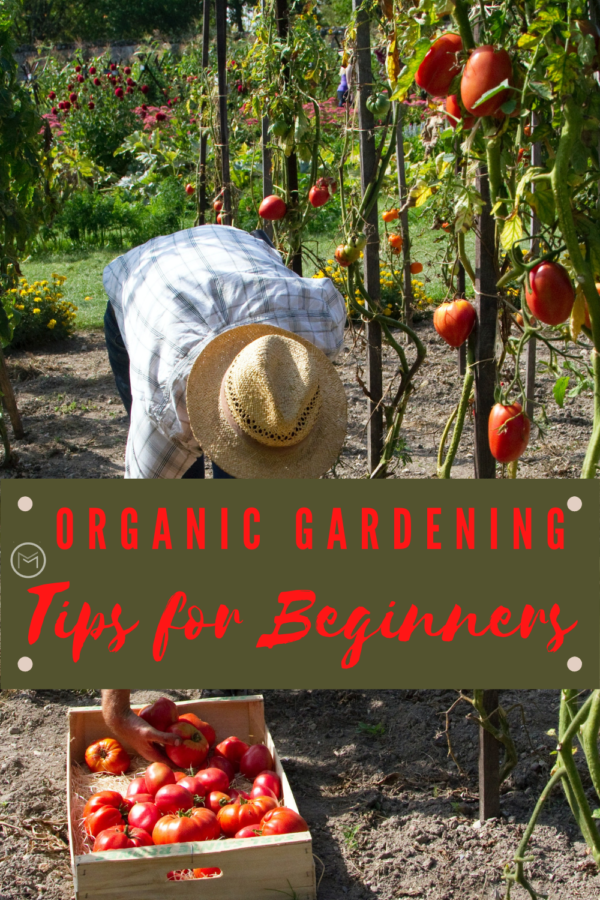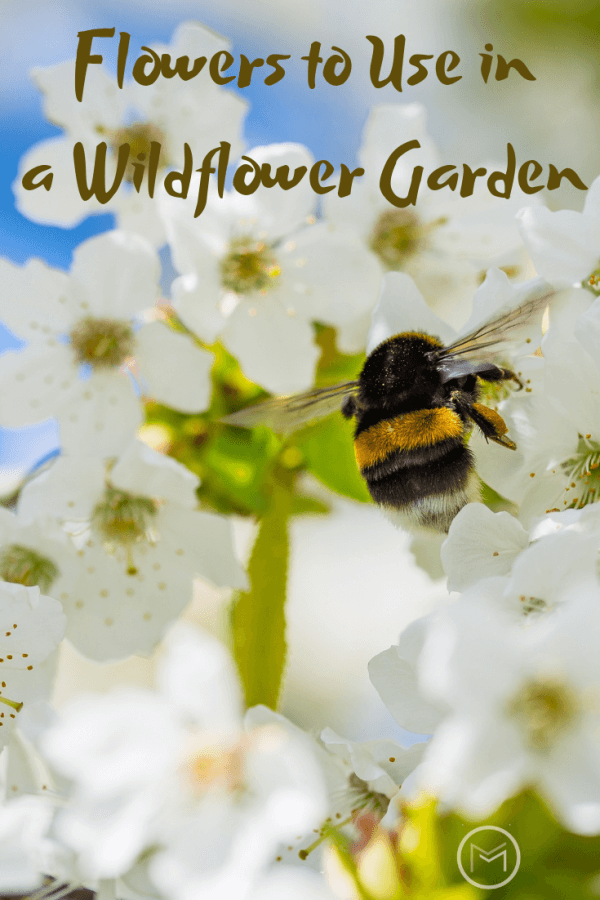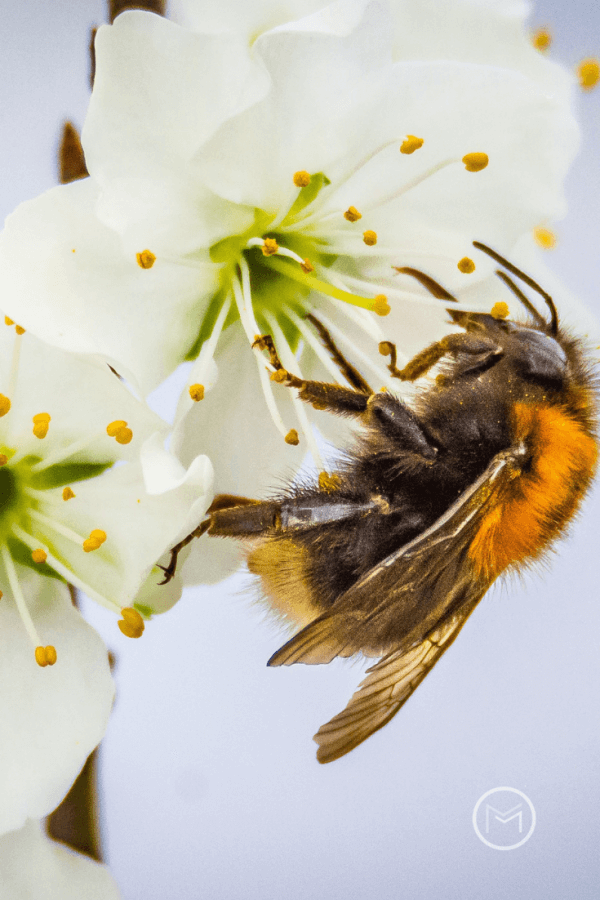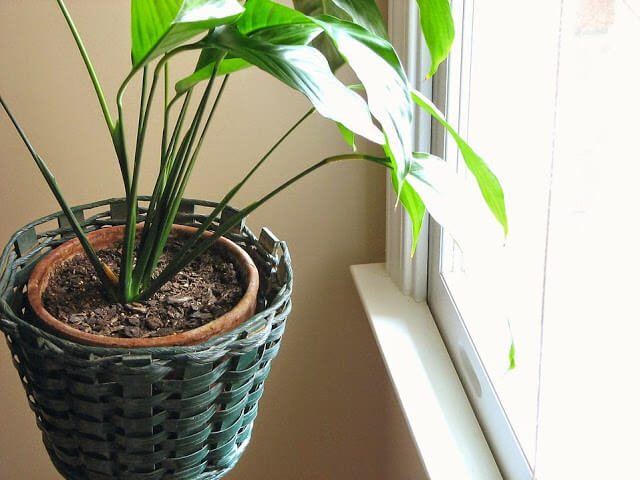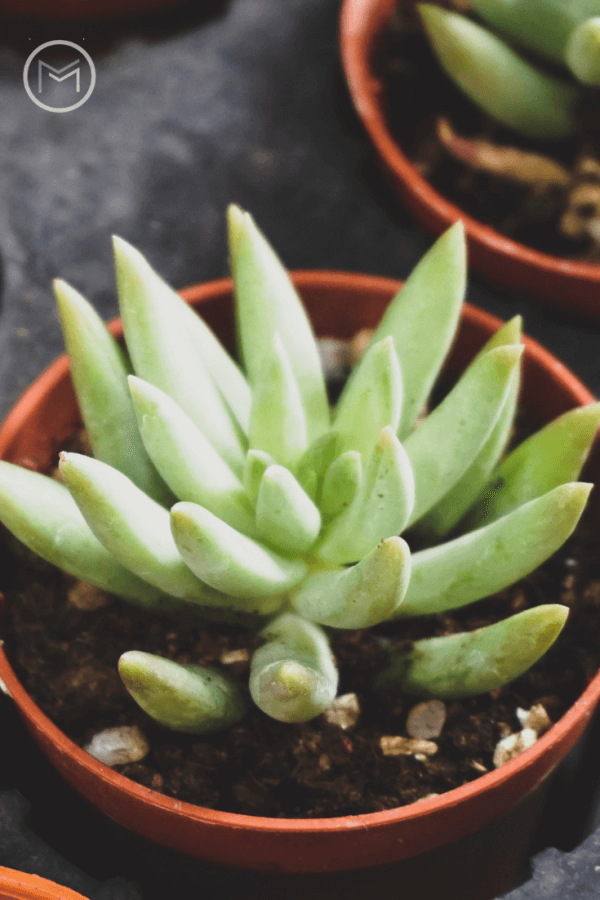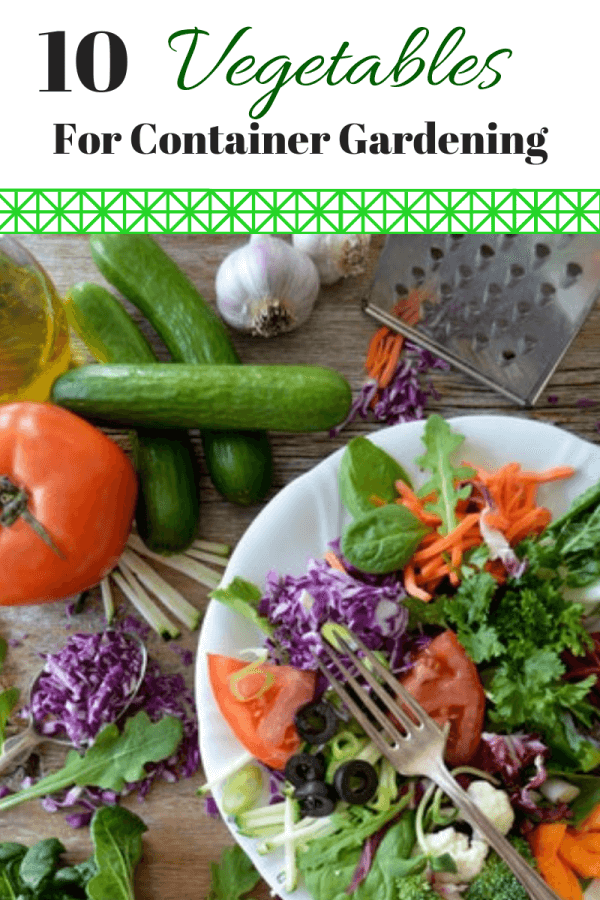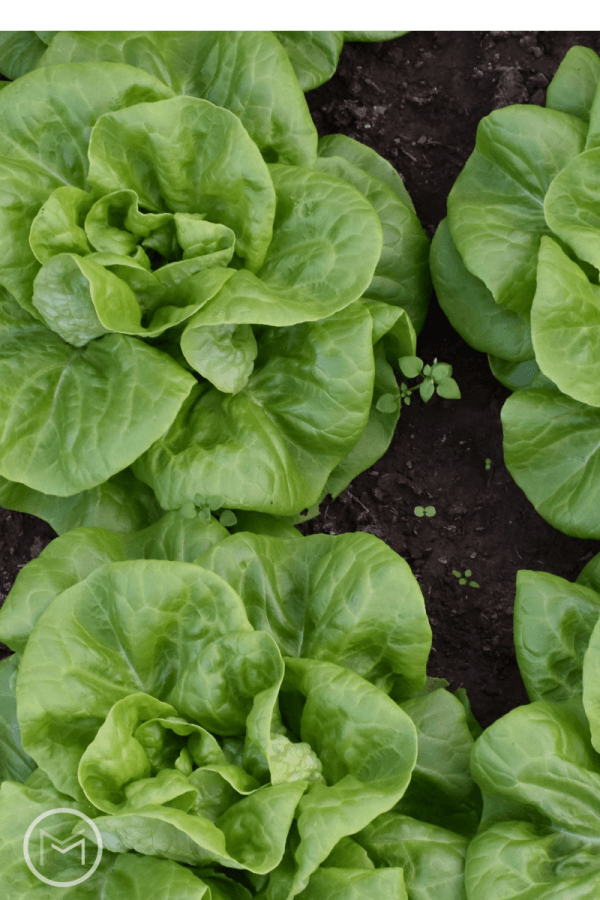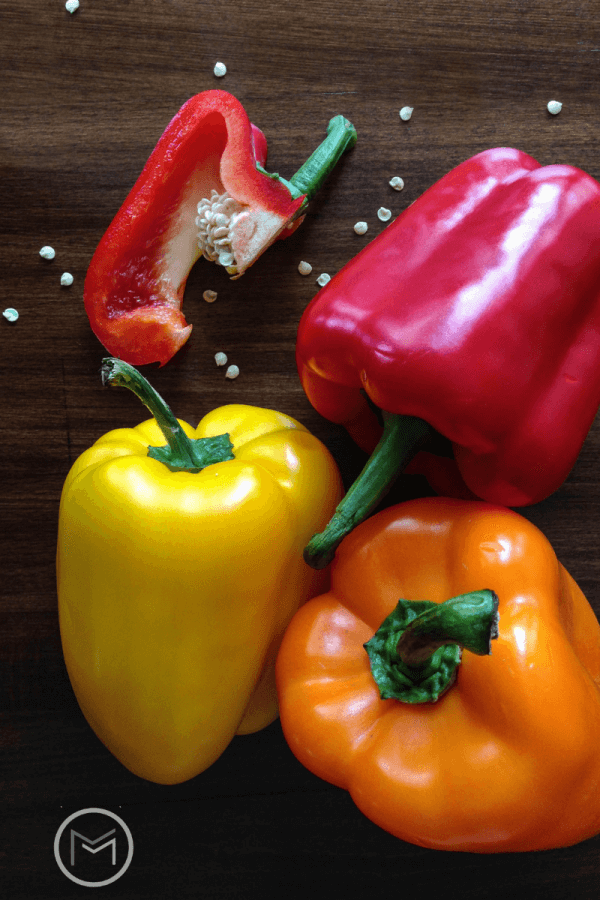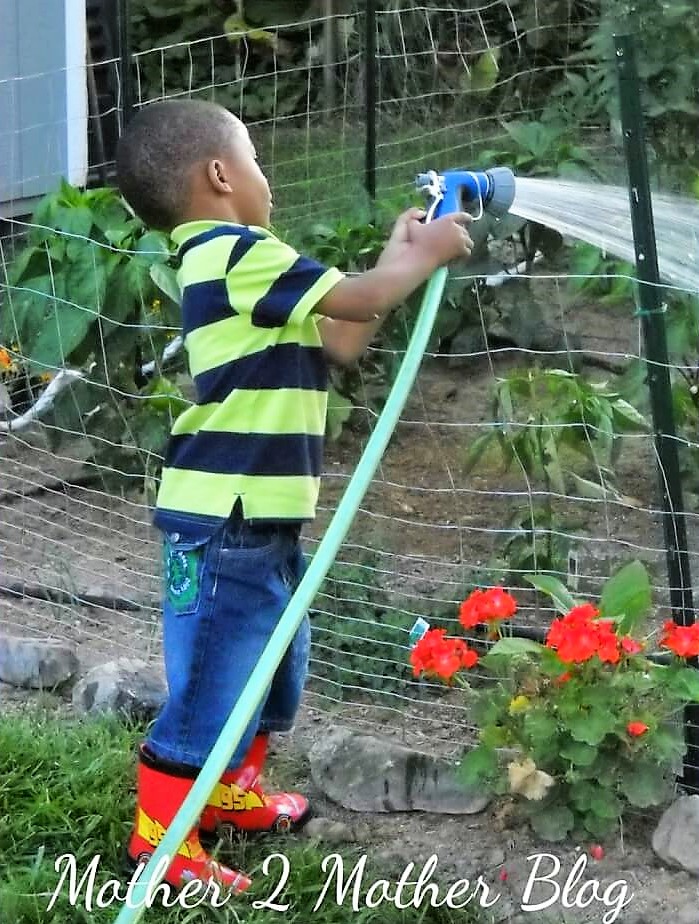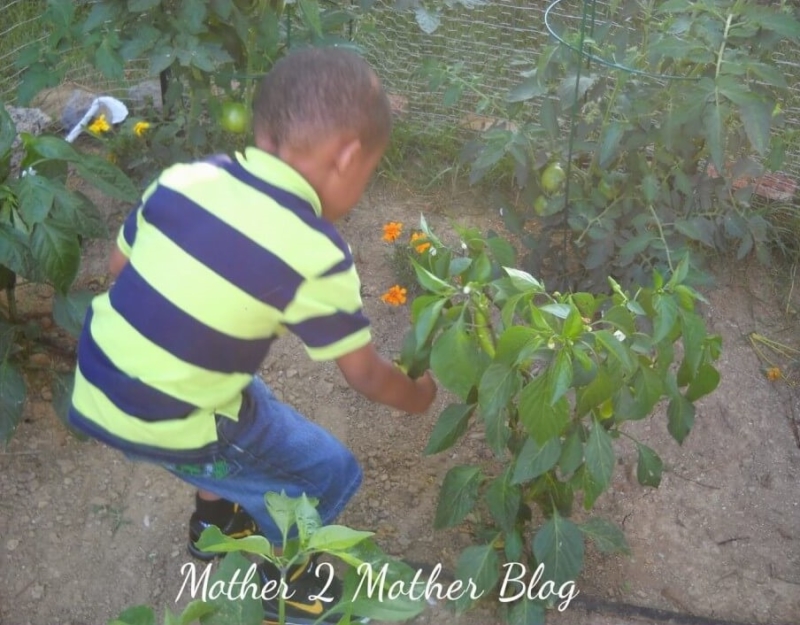Every mother wants a place of her own to relax and enjoy 5 minutes of peace and quiet. And this is absolutely normal! While being a mother is a fantastic experience, everyone needs a few moments to recharge the batteries and meditate. Even specialists recommend it!
Sadly, most of the time, the house is too small and your relaxation spot may be difficult to implement considering that kids are all over the place. But don’t despair; you won’t have to wait for your kids to move out of the house to relax. You can think out of the box and transform the garden into an outdoor oasis where everyone can relax. With just a few clever gardening tips, you can transform your old backyard into a new purpose. Check out tips below:
Build a pergola
Regardless of how small or big your backyard, a pergola will look gorgeous! Even more, there are so many designs out there that you can create a unique design in just a few steps.
Of course, if you’re the DIY kind of family, you can unite your forces and make your pergola out of salvaged materials. This way you’ll improve your garden’s design, get a bit of exercise and family time, and you won’t have to make a big investment. To me, this sounds like a fantastic idea!
The best part about a pergola is that you can cover it with vines, flowers and all sorts of decorative things. Thus you’ll get to have a cool-looking shadow in those torrid summer days, and you’ll enjoy that lemonade even more.
Invest in high-quality furniture
Your patio furniture doesn’t have to look like it’s been through several wars! If you want to relax, you have to extend the modern, stylish design from the inside, outside. Invest in furniture that will be pleasing to both the eyes and the skin. Get some large, luxurious chairs that can extend and some big, fluffy pillows. Also, you shouldn’t forget about the table – a cute, antique piece will make the morning coffee a lot more pleasant.
To make sure everything looks as elegant and inviting as possible, play with colors and textures. Let your creative inner self free and combine the furniture with the pergola covered in vegetation. The result will be stunning!
Make a special place for the kids
As a mother you can’t be selfish; especially when you have to share your oasis with the kids. So, you can divide the garden into areas, and you can have a relaxation area and a fun and games area. The fun and games area could have a sand pit, a tree house, a small garden where kids can learn about plants and more. The best part is that the children will get to play outside, and you can supervise them from your relaxation area.
A place for friends and family
Another garden tips, if you don’t want to divide the garden, you can make it all into one great place. Add a barbeque or a fire pit, some comfy chairs, and a table and you’ve got a fantastic place where to invite family and friends. While adults relax around the fire, kids can play in the garden.
Finally, as you can see there are plenty of ways to transform your garden without investing a fortune. And, if none of the above interest you, consider starting a vegetable garden. Kids will be thrilled to learn more about growing plants, and you might get to cut off some food costs during summer. It’s a win-win situation. We hope you enjoyed our garden tips and you will implement a few.
About the Guest Contributor: Katrina, is a proud mom of two gorgeous girls who loves writing about home improvement and décor. Katrina contributes regularly on various blogs and online publications like Mother2Motherblog.com.
